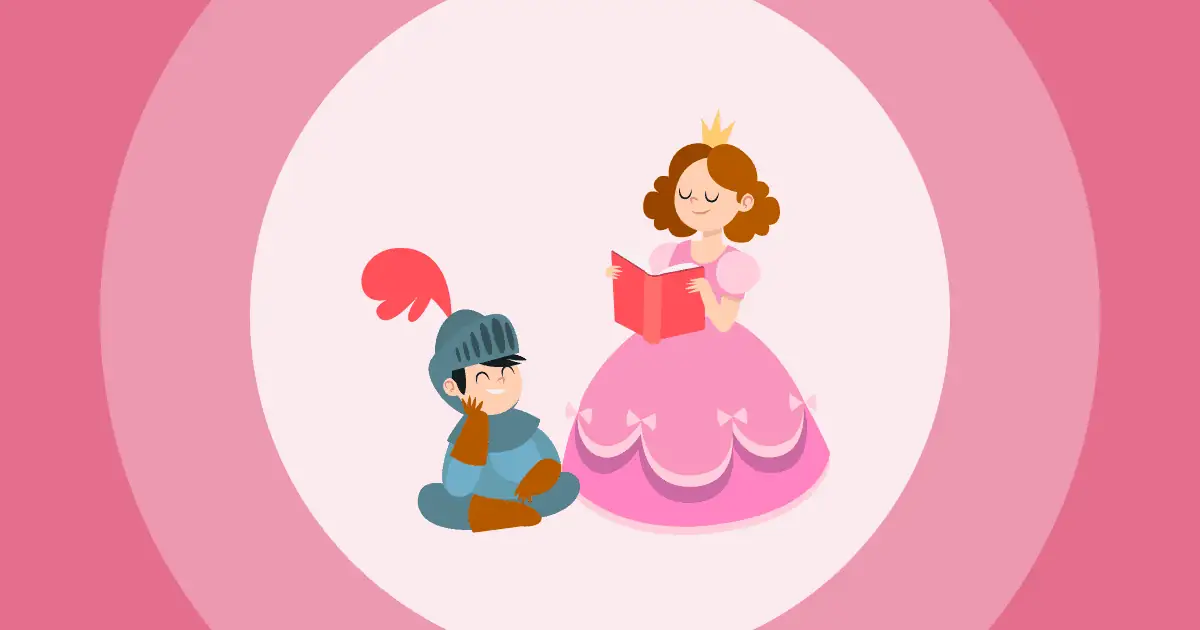If you are a fan of science quizzes, you definitely can’t miss our list of +50 science trivia questions. Get your brains ready and transport your focus to this beloved science fair. Good luck winning the ribbon at #1 with these science trivia questions!
Table of Contents
- Easy Science Trivia Questions
- Hard Science Trivia Questions
- Bonus Round: Fun Science Trivia Questions
- How to Make a Free Science Trivia Quiz
- Key Takeaways
- Frequently Asked Questions
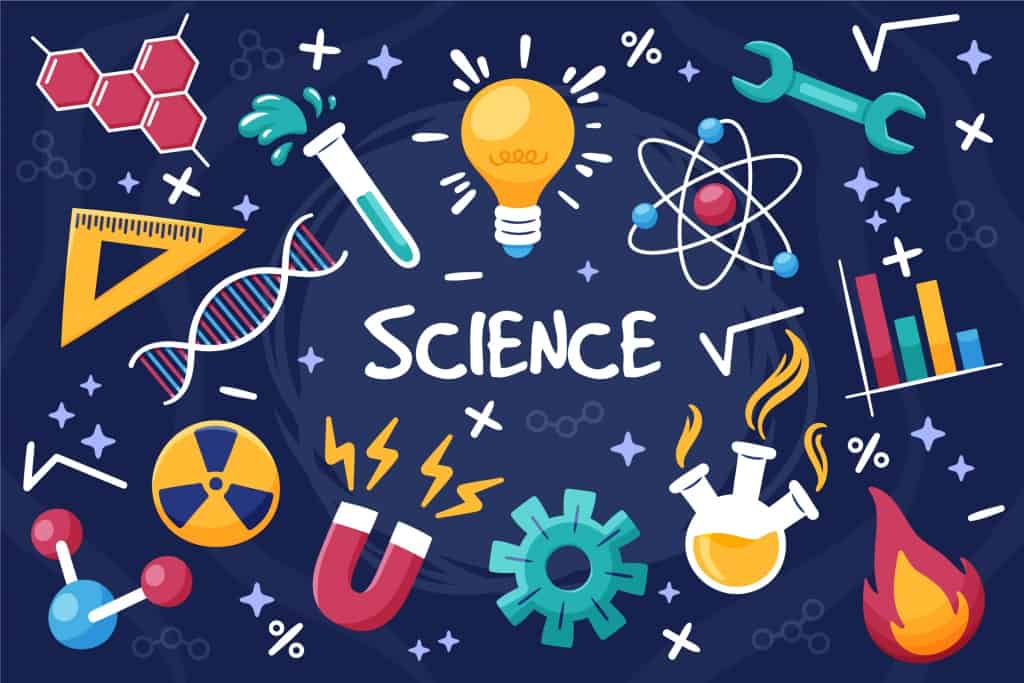
Easy Science Trivia Questions
- Optics is the study of what? Light
- What does DNA stand for? Deoxyribonucleic Acid
- Which Apollo moon mission was the first to carry a lunar rover? Apollo 15 mission
- What was the name of the first man-made satellite launched by the Soviet Union in 1957? Sputnik 1
- What is the rarest blood type? AB Negative
- The earth has three layers that are different due to varying temperatures. What are its three layers? Crust, mantle, and core
- Frogs belong to which animal group? Amphibians
- How many bones do sharks have in their bodies? Zero!
- The smallest bones in the body are located where? The ear
- How many hearts does an octopus have? Three
- This man is responsible for reshaping the way early man believed the solar system worked. He proposed that the Earth was not the center of the universe and that the Sun was instead at the center of our solar system. Who was he? Nicolaus Copernicus
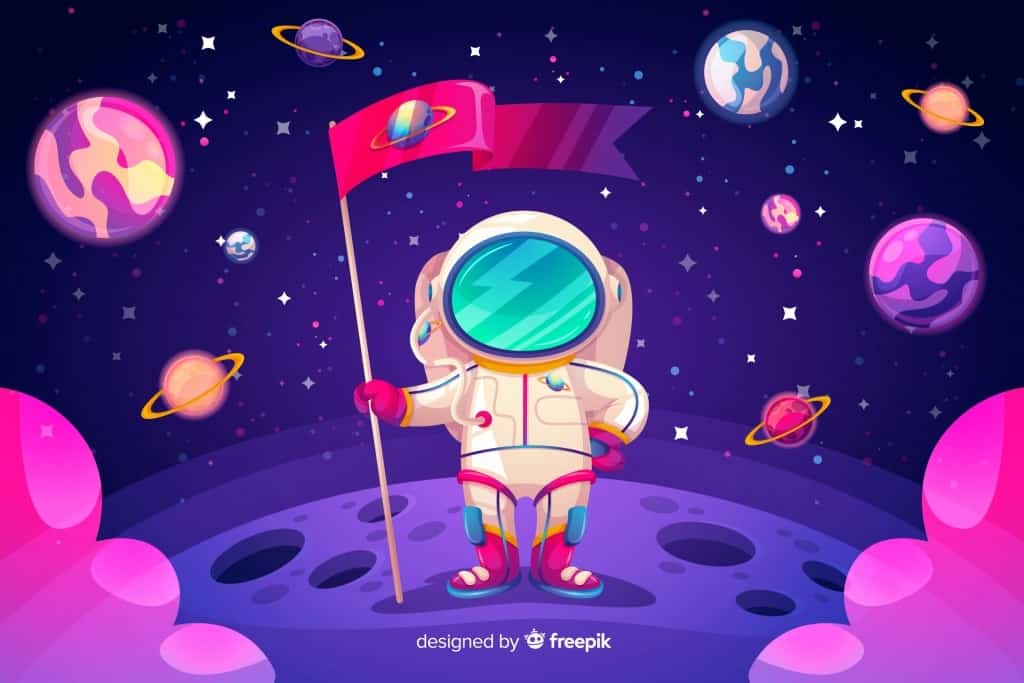
- Who is regarded as the man who invented the telephone? Alexander Graham Bell
- This planet spins the fastest, completing one whole rotation in just 10 hours. Which planet is it? Jupiter
- True or false: sound travels faster in the air than in water. False
- What is the hardest natural substance on Earth? Diamond.
- How many teeth does an adult human have? 32
- This animal was the first ever to be launched into space. She was strapped into the Soviet Sputnik 2 spacecraft which was sent out into outer space on November 3, 1957. What was her name? Laika
- True or false: your hair and your nails are made from the same material. True
- Who was the first woman in space? Valentina Tereshkova
- What is the scientific word for push or pull? Force
- Where on the human body are the most sweat glands? Bottom of the feet
- Roughly how long does it take for the sun’s light to reach Earth: 8 minutes, 8 hours, or 8 days? 8 minutes
- How many bones are in the human body? 206.
- Can lightning strike the same place twice? Yes
- What is the process of breaking down food called? Digestion
Hard Science Trivia Questions
Check out the best difficult science questions with answers
- What colour catches the eye first? Yellow
- What is the only bone in the human body that isn't attached to another bone? Hyoid bone
- Animals that are active during dawn and dusk are called what type of animals? Crepuscular
- At what temperature are Celsius and Fahrenheit equal? -40.
- What are the four primary precious metals? Gold, silver, platinum, and palladium
- Space travellers from the United States are called astronauts. From Russia, they’re called cosmonauts. Where are taikonauts from? China
- What part of the human body is the axilla? The armpit
- Which freezes faster, hot water or cold water? Hot water freezes faster than cold, known as the Mpemba effect.
- How does fat leave your body when you lose weight? Through your sweat, urine, and breath.
- This part of the brain deals with hearing and language. Temporal lobe
- This jungle animal, when in groups, is referred to as an ambush. What kind of animal is this? Tigers

- Bright’s Disease affects what part of the body? Kidney
- This relationship between muscles means that one muscle assists the movement of another. Synergistic
- This Greek physician was the first to keep records of his patients’ histories. Hippocrates
- What colour has the longest wavelength in the visible spectrum? Red
- This is the only type of canine that can climb trees. What is it called? Gray Fox
- Who has more hair follicles, blondes, or brunettes? Blondes.
- True or False? Chameleons change colours only to blend into their environment. False
- What is the name of the biggest part of the human brain? The cerebrum
- Olympus Mons is a large volcanic mountain on which planet? Mars
- The deepest point in all of the world’s oceans is named what? Mariana Trench
- What islands were extensively studied by Charles Darwin? Galapagos Islands
- Joseph Henry was given credit for this invention in 1831 which was said to revolutionize the way that people communicate during the time. What was his invention? The Telegraph
- A person who studies fossils and prehistoric life, such as dinosaurs, is known as what? Paleontologist
- Which form of energy can we see with the naked eye? Light
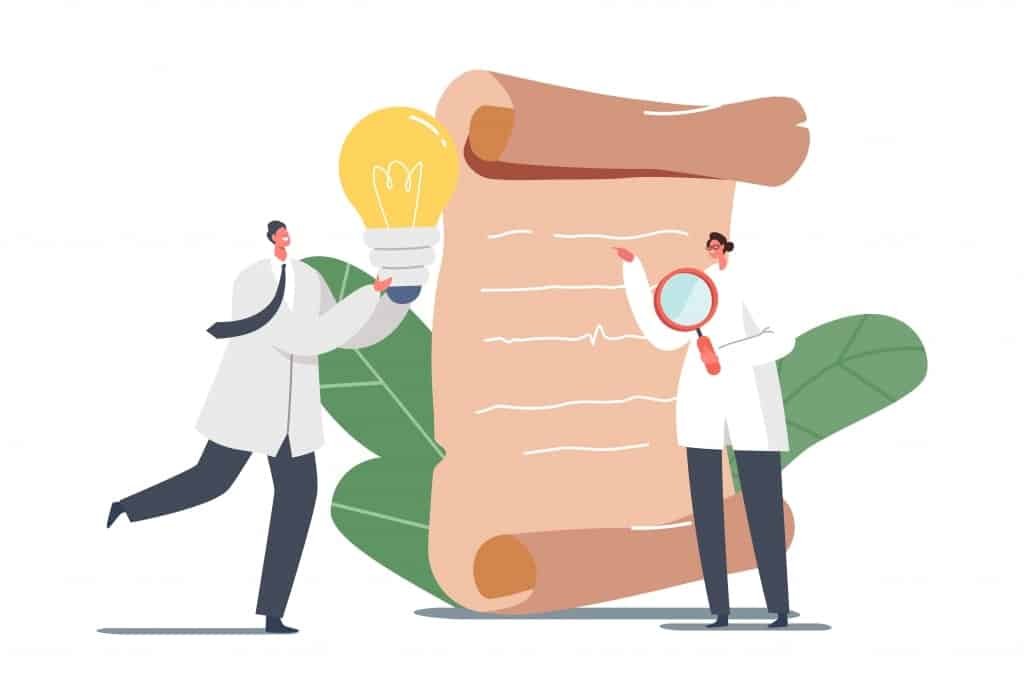
Bonus Round: Fun Science Trivia Questions
Not enough to satisfy the thirst for science, Einstein? Check out these scientific questions in the fill-in-the-blank format:
- The Earth rotates on its axis once every _ hours. (24)
- The chemical formula for carbon dioxide is _. (CO2)
- The process of converting sunlight into energy is called _. (photosynthesis)
- The speed of light in a vacuum is approximately _ kilometers per second. (299,792,458)
- The three states of matter are_,_, and _. (solid, liquid, gas)
- The force that opposes motion is called _. (friction)
- A chemical reaction in which heat is released is called an _ reaction. (exothermic)
- A mixture of two or more substances that does not form a new substance is called a _. (solution)
- The measure of a substance's ability to resist change in pH is called _ _. (buffer capacity)
- _ is the coldest temperature ever recorded on Earth. (−128.6 °F or −89.2 °C)
How to Make a Free Science Trivia Quiz
Studying is more efficient after a quiz. Help your students retain information by organizing a quick quiz during lessons with our guide here:
Step 1: Sign up for an AhaSlides account.
Step 2: Create a new presentation, or choose a quiz template from the Template library.
Step 3: Create a new slide, then type a prompt for the quiz topic you want to create in the 'AI Slide Generator', for example, 'science quiz'.
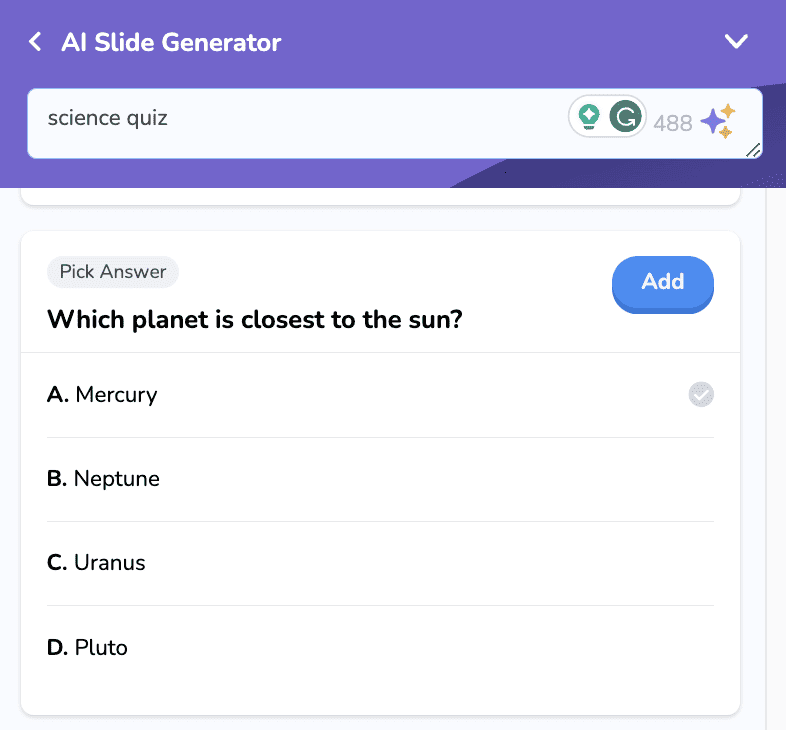
Step 4: Play around with the customization a bit then hit 'Present' when you're ready to play with your live participants. OR, put it on 'self-paced' mode to let the players do the quiz at any time.
Key Takeaways
Hope you have an explosive and fun game night with friends who share the same passion for natural science with AhaSlides +50 science trivia questions!
Don't forget to check out free interactive quizzing software to see what’s possible in your quiz!
Frequently Asked Questions
Why are The Science Trivia Questions Important?
Science trivia questions can be important for several reasons:
(1) Educational purpose. Science trivia questions can be a fun and interactive way to learn about various scientific concepts and principles. They can help increase scientific literacy and promote a better understanding of the natural world.
(2) Stimulating curiosity, as science trivia questions can inspire curiosity and encourage people to explore further into a particular topic or subject. This can lead to a deeper appreciation and interest in science.
(3) Building community: Science trivia questions can bring people together and create a sense of community around a shared interest in science. This can be particularly important for those who may feel isolated or marginalized in their pursuit of scientific knowledge.
(4) Entertainment: Science trivia questions can be a fun and engaging way to entertain oneself or others. They can be used to break the ice in social situations or as a fun activity for family and friends.
What Are Some Good Science Trivia Questions?
Here are a few examples of science trivia questions:
- What is the smallest unit of matter? Answer: Atom.
- What is the largest organ in the human body? Answer: Skin.
- What is the process by which plants convert light energy into chemical energy? Answer: Photosynthesis.
- Which planet in our solar system has the most moons? Answer: Jupiter.
- What is the name for the study of the Earth's atmosphere and weather patterns? Answer: Meteorology.
- What is the only continent on Earth where kangaroos live in the wild? Answer: Australia.
- What is the chemical symbol for gold? Answer: Au.
- What is the name of the force that opposes motion between two surfaces in contact? Answer: Friction.
- What is the name of the smallest planet in our solar system? Answer: Mercury.
- What is the name of the process by which a solid changes directly into a gas without passing through the liquid state? Answer: Sublimation.


